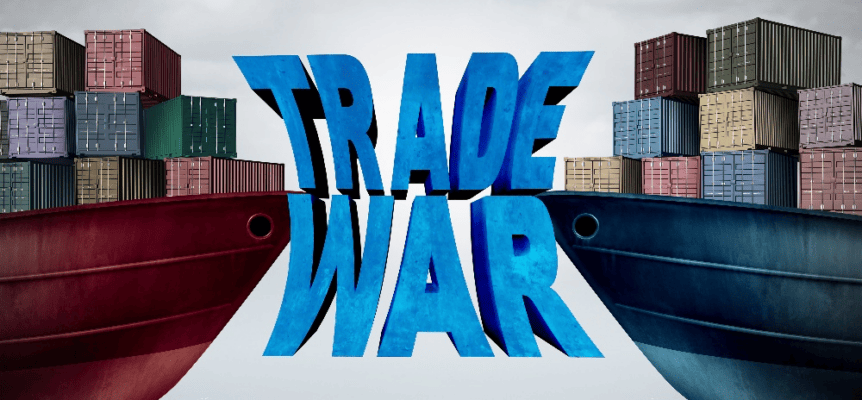Continuing the discussion about the more than 50 global companies have announced plans to relocate their manufacturing and production facilities as a result of the trade war between the US and China. This is in addition to the number of major corporations already moving out prior to 2017 due to rising costs and supply chain uncertainty. Many companies chose to absorb the tariffs, share costs with suppliers and customers, and take a “wait and see” position during early trade negotiations. Now 42% of companies are expecting to source materials from different regions in the next year, and 25% are redirecting investment out of China. Most manufacturers are planning to shift partial operations outside of China rather than remove all their processes.
Thailand
Thailand is already a booming manufacturing sector with most of its exports falling under cars, computer components, and hard disk drives. Manufacturing makes up 88% of all exports, 27.4% of the national GDP, and is responsible for 16% of the labor force’s jobs. In 2017 Thailand exported $215B worth of good made up mostly of machines and transportation vehicles.
One of the major advantages of moving production to Thailand is the similar infrastructure quality as China. An additional $45B has been budgeted for the Eastern Economic Corridor plan which will upgrade the three main manufacturing provinces, provide tax breaks for investors of ECC projects, and gives investors the option to rent land for up to 99 years. Thailand also has a customer centric culture that drives satisfaction, outranks China on the Ease of Doing Business metric (27th of 190), has a moderate English-speaking population, and a significant number of industries and raw materials already present.
Disadvantages of production moving to Thailand is the political instability due to two military-led coups in the last decade. 2019 introduced democratic elections, but new importers and exporters could experience rapid changes in power. Thailand also has a minimum wage that is set daily, causing difficulties in determining labor costs and manufacturing expenses. The country could also use assistance in developing more advanced engineering processes which could prove difficult due to the language barrier. Unfortunately, Thailand has suffered from the US-China trade war since many of the Thai goods are tied to Chinese supply chains.
Vietnam
Vietnam is often called the “new China” when discussing alternative sourcing and production for is young workforce, low labor costs, and growing manufacturing sector. In 2017 Vietnam’s top export categories were machines and textiles, contributing to the $220B exported that year. Moving supply chains south has been a topic of discussion for year and many US companies are ahead of the curve (Nike naming Vietnam their primary supplier in 2010). Since 2018 the economy has grown 7.08%, the highest rate in 11 years, and in the first three months of 2019 40.2% of US imports were from Vietnam. From 2016 to 2017, Vietnam improved metrics in electricity access, credit availability, taxes, cross-border trade, and contract enforcement which brought their ease of doing business score to 68 compared to China’s 78.
Compared to the other Southeast Asian neighbors, Vietnam has a lower monthly minimum wages per region and has seen a declining year-over-year wage increase, reaching 5.3% this year. Due to the number of Chinese owned factories in Vietnam a transition culturally, linguistically, and operationally much easier. The geographical location also aids this transition due to their seaports and border with China. This makes sourcing some components and raw materials from China more accessible and less costly compared to other Southeast Asian countries. Another way Vietnam’s geography outperforms others is in fewer natural disasters, however it is still part of the Ring of Fire. Finally, the foreign direct investment grew $7.8B, a year-over-year increase of 28.6%, in the first four months of 2019 with over 70% concentrated in the manufacturing sector.
Labor strikes and turnover is a significant risk for manufacturers looking to move to Vietnam. From 2016 to 2017 strikes increased 10% and in 2018 the turnover rate was 40%. Although there has been increased foreign direct investment from the opening of special economic zones the Vietnamese people have protested the influence of the Chinese manufacturers which has led to more strikes. The diversity of suppliers in Vietnam is limited in caparison to China, so finding capable manufacturers for a specific or specialized product type could prove difficult. On top of that, a young workforce means inexperience and lesser academic qualifications. Currently, only 9% of the workforce have university credentials and Vietnam ranks 120th of 130 countries in “know how.” As mentioned previously, there is a limited amount of raw materials, inputs, and components within Vietnam. For example, the pharmaceutical industry imports 85 to 90% of materials.


